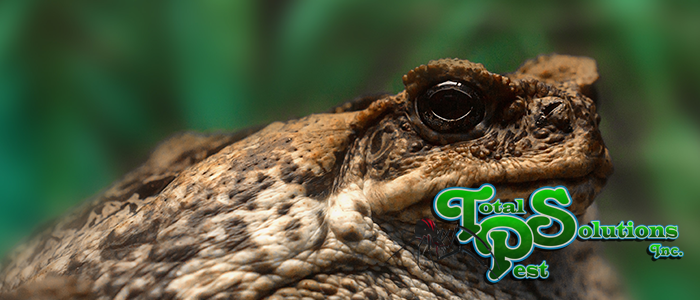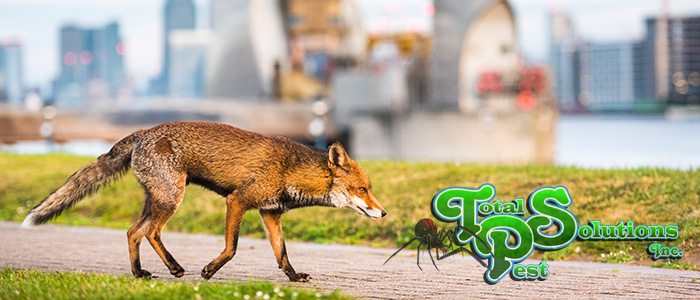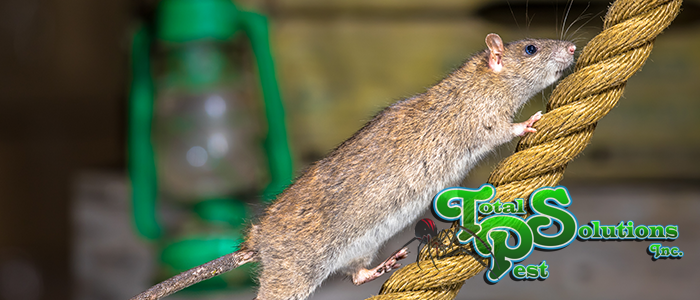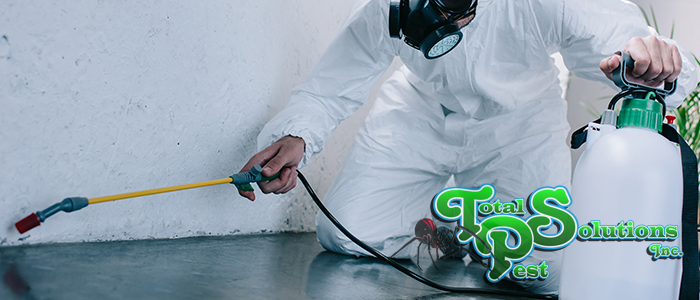
All About Cane Toads
Florida’s ecosystem is diverse and fragile. Our state is home to thousands of unique plant and animal species, some of which can’t be found anywhere else. Most of these species are native or migratory, which means they’re meant to be here. Others, like the creepy and aggressive cane toad, are invasive species. This invasive species is significant in Florida for the amount of damage it can cause. The risk of damage is so great that the Florida Wildlife Commission (FWC) recommends that residents kill them when spotted. However, as wild animals, they are still protected by cruelty laws, so residents must be humane. At Total Pest Solutions, we want you to know how dangerous these pests can be. If you’ve never heard of cane toads, this article will cover the basics.
What is a Cane Toad?
Cane toads are a warty species of toad native to South America. This invasive species is also known as the bufo toad and has unique defenses. When threatened, the toad secretes a milky white toxin behind its eyes, which can cause major damage. The animals breed whenever it rains, which is bad news for local wildlife. The larval frogs out-compete native frogs, which they also sometimes eat.
The most dangerous aspect of the cane toad is their threat to pets and other animals. If your cat or dog tries to eat a cane toad or investigates them, the toxin is very dangerous. The toxin can kill an adult dog in as little as fifteen minutes if swallowed.
How to Identify a Cane Toad
Cane toads are reddish-brown and quite large. They can sometimes get nearly ten inches long! They also have a distinct head shape, with large, bulging eyes set into a flat face. Unlike native toads, they lack the crest ridge on their heads. Unlike native toads, the tadpoles are toxic, too. This presents problems for local fish populations and other predators that feed on tadpoles.
Where do Cane Toads Live?
Cane toads don’t like to climb and are quite low to the ground. You can find cane toads near streams and ponds in the grass, especially in urban environments. They can be found in the swampier regions of the panhandle and floodplains, too.
What if My Dog Bites One?
Dogs don’t have to bite cane toads to be at risk. Sometimes just sniffing the frog is enough to wind up seriously ill. If your pet encounters a cane toad, one of the first symptoms is excessive drooling. Look for bright red gums, shaking, crying, loss of balance, and in some cases, convulsions begin. Your pet needs treatment if it encounters a cane toad. Before taking it to the vet, try to wipe their mouths out with a clean cloth. Don’t flush with water, as they can swallow the poison. This makes it more likely they will die. Be sure to pick up and dispose of dog droppings, as these attract cane toads.
How to Get Rid of Cane Toads
Secure fencing without gaps can stop the toads, but you may still encounter them. Spraying them with 20% benzocaine toothache gel to render the animal unconscious within a few minutes. You can then put the cane toad in a plastic bag and humanely euthanize it by placing it in the freezer. Within 48 hours, it will have expired. Please place it in the trash, do not bury it. Pets that dig up a dead cane toad can still find themselves seriously poisoned.
continue reading
Related Posts
The Ultimate Guide to Wildlife Control Services: How to Protect Your Property from Unwanted Visitors
The Ultimate Guide to Wildlife Control Services: How to Protect […]
Rat Infestation: A Nightmare in Your Home As a homeowner, […]
Don’t Let Pests Take Over: The Top 5 Signs You […]






